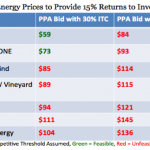
The northeastern U.S. is a major electricity consumer with ambitious goals to transition to renewable energy. Solar and wind power are growing in the region, but perhaps its strongest renewable resource is a few steps behind.

Trees in our city are not just there for shade and a place to toss your cigarette butt. There are multiple benefits of urban trees, including improving air quality, decreasing asthma and obesity, reducing stormwater runoff, storing carbon and reducing energy expenditures among countless others.

As it marches on, climate change will bring forth higher temperatures, more frequent and severe flooding and a greater level of unpredictability to the climate system. New York may seem resilient to climate change, but the modern Goliath has its weaknesses.
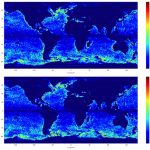
Mesoscale eddies, known as the weather of the ocean, are masses of spinning water. The radical scale of an eddy ranges from 15 miles to more than 150 miles wide, with a lifetime of 10–100 days. Eddies are present almost everywhere in the world ocean, transporting heat, salt- and freshwater, dissolved carbon dioxide, and other tracers all around the globe.
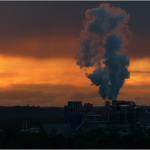
The Paris Agreement, signed in December 2015, was widely perceived as a milestone in the fight against global warming. Nearly 160 countries agreed to limit the increase in temperature to 2°C above pre-industrial levels and to pursue efforts to stay within 1.5°C. This agreement was without a doubt a big step forward. However, how do we get there?

Much of the Sub-Saharan Africa suffers from poor soil, poor crops, poor water quality and poor livestock health. These all contribute to poor human health and stagnant economic development. There have been very few changes in farming practices over the last 30 years in the region largely because farmers are trapped in poverty. This is leading to increasing food insecurity, water scarcity and environmental degradation. What can be done to change this situation? The answer lies in the soil itself.

The Paris climate talks shined a bright spotlight on the impacts of climate change and adaptation measures we’ll need to cope. Despite a rising concern about future climate change, the public and some industries do not yet perceive it as a near-term priority. That makes how to communicate effectively about the more immediate risks of climate change a core issue.
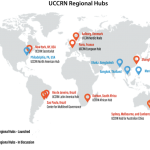
Over the past two decades, international negotiations have failed to produce substantive action on climate change. Instead, city governments have become the world’s leaders on climate mitigation and adaptation efforts.
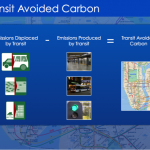
Every single trip via MTA can save around 10.4 lbs of greenhouse gases. You might think it is not a big number, but actually, it equals to the carbon emissions required to make about 30 disposable coffee cups. And if I take MTA for 2 unique trips per day, I would save 7,592lbs GHG emission savings annually. That’s a lot of coffee cups.
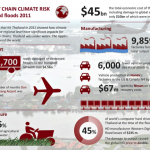
Climate change is inevitable — whether it be through the intensification of El Nino or the increasing occurrence of weather disasters. Its impacts are widespread, sporadic and uncertain with implications on international, regional and national economies. For businesses, particularly those that source, use or rely on natural resources and environmental conditions, the complexity of quantifying the magnitude of these impacts and the ways in which it manifests is a growing concern.













